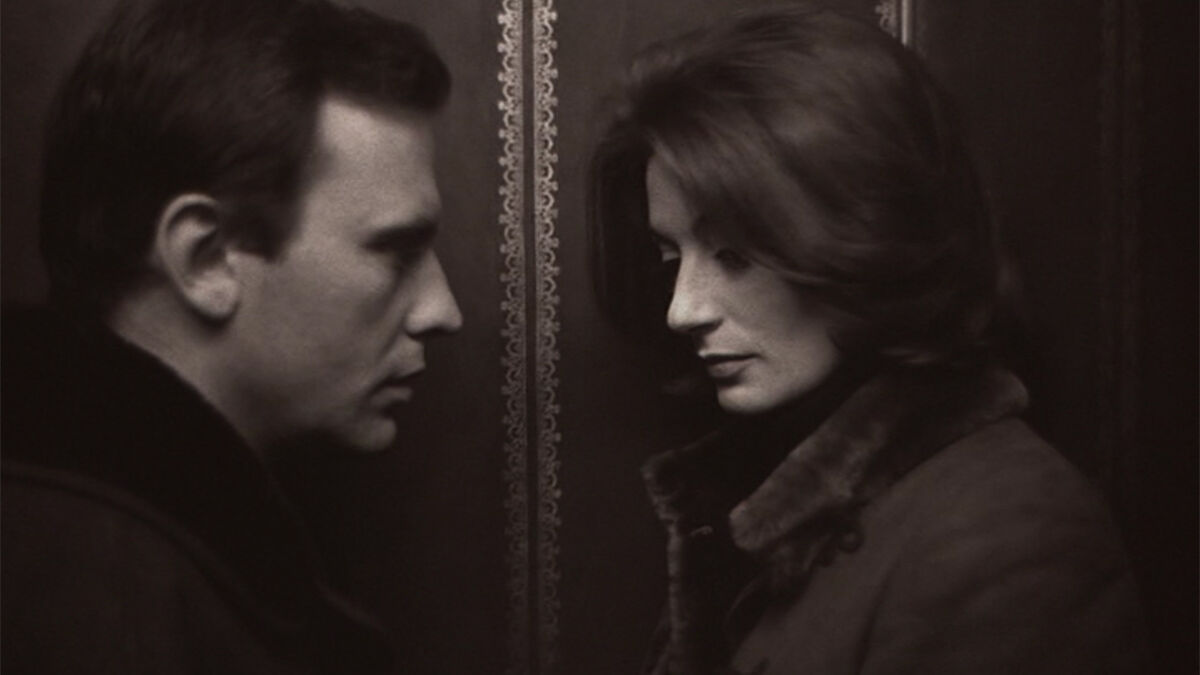
Man and a Woman by Allegra Pezzullo
The vignettes of this piece trace moments of looking that fracture the boundary between ordinary observation and obsessive fixation. A dinner in a candlelit restaurant, a laugh too loud for its setting, a woman waiting at the end of a train line — each scene begins with the texture of the everyday, only to slide into unease as the gaze sharpens. What might begin as neutral description soon transforms into scrutiny: the flex of a tendon, the crust of bread against a lip, the colour of a bra beneath a shirt.
Julia Kristeva’s concept of the abject is embedded throughout these pieces. For Kristeva, the abject unsettles the distinction between subject and object, between self and other; it is both magnetic and repellent, the site where order breaks down. The woman in these vignettes becomes abjected: not fully subject, not simply object, but a figure dissolved into fragments of body and gesture. Desire renders her unstable — enticing yet unsettling, present yet slipping from narrative control.
What emerges is not mastery but disquiet. The man’s focalisation attempts to fix her — tracing lines of fabric, imagining scenarios of possession — yet this fixation exposes its own fragility. His gaze does not dominate so much as reveal its own limits: the woman remains unknowable, resisting containment even as language dissects her.
The reader, too, is drawn into this tension. To read is to participate in the act of looking, to feel the pull of detail while sensing the violence in its reduction. The work unsettles by implicating us in its dynamics of desire, where attraction and disturbance coexist. It is here — in this simultaneous intimacy and estrangement — that the abject takes form.
Allegra Pezzullo

